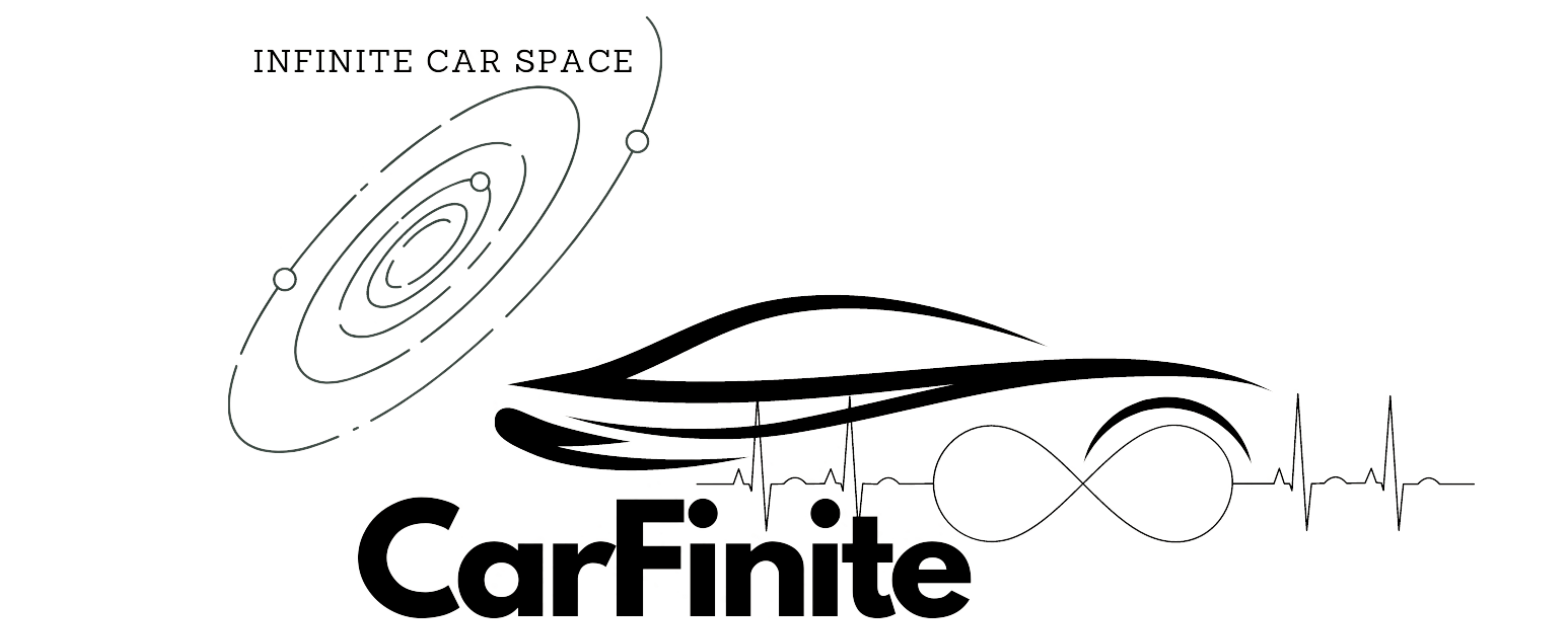Yes, a broken timing belt will usually destroy an engine. When the timing belt breaks, the camshaft stops turning while the crankshaft continues spinning. This causes the pistons to collide with the valves, bending the valves, damaging the pistons, and potentially even breaking connecting rods. Total engine failure is the likely outcome.
This article examines what happens when a timing belt breaks, what to do if it breaks while driving, how to prevent timing belt failure, whether a broken belt can be repaired, the risks of driving with a damaged belt, how to check for bent valves, and if it’s worth fixing an engine damaged by a broken timing belt. Key steps discussed include stopping safely if the belt breaks, having the vehicle towed to a shop, following manufacturer’s replacement intervals, using high-quality parts, and having a professional mechanic install the new belt.
Will a Broken Timing Belt Destroy My Engine?
A broken timing belt will most likely destroy your engine and cause extensive damage. The answer is yes, a broken timing belt can and often does destroy an engine.
What happens to the engine if a timing belt breaks?
The timing belt is a crucial engine component that synchronizes the rotation of the crankshaft and camshaft. If the timing belt breaks while the engine is running, the camshaft and valves will stop rotating while the crankshaft continues spinning. This causes the valves to hit the pistons, bending the valves and causing other catastrophic damage.
Specifically, here’s what happens when a timing belt breaks:
- Engine failure – With the timing belt broken, the valve timing is disrupted. The engine will either stop running immediately or run very poorly with low power. Total engine failure is likely.
- Bent valves – When the camshaft suddenly stops turning, the open valves are struck by the rising pistons. This almost always bends the thin valve stems.
- Damaged pistons and cylinders – The collision of the valves and pistons damages the piston crowns and can breach the cylinder walls. Debris can enter the crankcase.
- Broken connecting rods – If valve damage is severe, the connecting rods can be broken by the clashing valves and pistons. This totals the engine.
What to Do if Your Timing Belt Breaks
If your timing belt breaks while driving, here are the recommended steps:
- Coast to a safe stop as quickly as possible – The engine will run poorly after the belt break. Try to pull off the road safely by coasting in neutral. Don’t crank the starter.
- Avoid cranking the engine – With the valves and pistons probably damaged, cranking the engine could further compound the problem. More debris could enter the oil system.
- Have the vehicle towed to a qualified mechanic – The extensive valve, piston and cylinder damage will require the engine to be disassembled and rebuilt or replaced.
How to prevent timing belt failure
You can help prevent a catastrophic timing belt failure by following these guidelines:
- Follow the manufacturer’s recommended replacement schedule – The timing belt, tensioner and idler pulleys should be replaced per the car maker’s interval, typically 60,000-100,000 miles.
- Use high-quality replacement parts – Choose a brand-name, OE-standard timing belt kit with upgraded rubber compounds and tensioners. Don’t try to save money with cheap no-name parts.
- Have the timing belt installed by a qualified mechanic – Proper installation is critical, including resetting the tension correctly, aligning the timing marks and testing the engine afterward.
Can a broken timing belt be repaired?
No, a broken timing belt cannot be reliably repaired. Once the belt has snapped or lost teeth, it must be replaced. The extensive engine damage caused by a broken belt also necessitates full engine repair or replacement in most cases.
What happens if you keep driving with a bad timing belt?
Driving with a worn or damaged timing belt that has not yet broken is still extremely risky. As the belt continues to deteriorate, it could snap at any moment. If it breaks while driving, the results will be the same as discussed above – bent valves, damaged pistons, deactivated engine, and the need to be towed.
How to tell if valves are bent after timing belt broke?
Signs that the valves are bent after the timing belt failure include:
- Difficulty cranking the engine or inability to start.
- A “no compression” reading when testing engine compression.
- Visually inspecting inside the cylinders through the spark plug holes and seeing valve damage.
- Removing the cylinder head and manually checking the valves. Bent valves won’t seat properly.
- Scoping the cylinders with an endoscope camera to check the valves without disassembly.
Is it worth fixing a car with a broken timing belt?
If the vehicle has over 100,000 miles or other significant issues, it may not be cost effective to repair an engine damaged by a broken timing belt. Total engine replacement can cost $4,000-$6,000 or more. On a newer car or one in good shape otherwise, it is usually worth paying for the timing belt repairs. Compare repair costs to the vehicle’s value.

John Smith, a Los Angeles-based car specialist and automotive writer, boasts over 20 years in the industry. With a background as a master technician and a decade-long writing stint at notable automotive publications, John now shares his expansive knowledge on CarFinite, simplifying car maintenance for readers.

